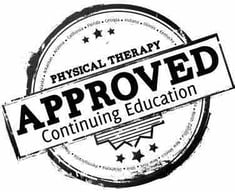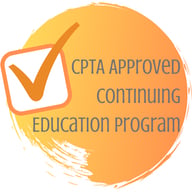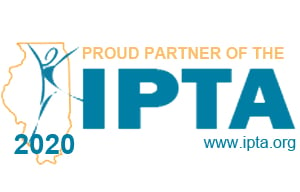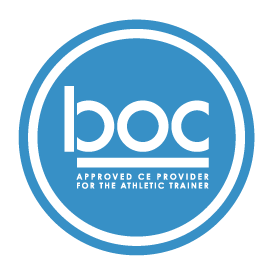Approvals for PTA/PT CE Courses




Trusted Athletic Training BOC CEU Provider
Learn with confidence with CE from the BOC Approved Provider thousands of athletic trainers have trusted for more than 15 years!

Why Choose HomeCEU for Your Online Athletic Training CEU Courses?
At HomeCEU, our philosophy is to make the CEU process for athletic trainers quick, easy, and enjoyable! With over 500 hours of BOC-approved courses to choose from, we have more CEU options than ANY other provider.
Save Hundreds of Dollars on Your CEU in Athletic Training
Individual CE Courses
Select only what you need to meet your requirements!
$16-$270
per course

Unlimited CEU Membership
Access to Unlimited Athletic Training CEUs for 1 Full Year!
$497 $237
per year
What The Students are Saying About Our CEU For Athletic Training
Ready to get your Unlimited Access to CEUs?
Sign up today for access to unlimited continuing education.
Over 500 hours of CEUs, one low price!


 Call
Call